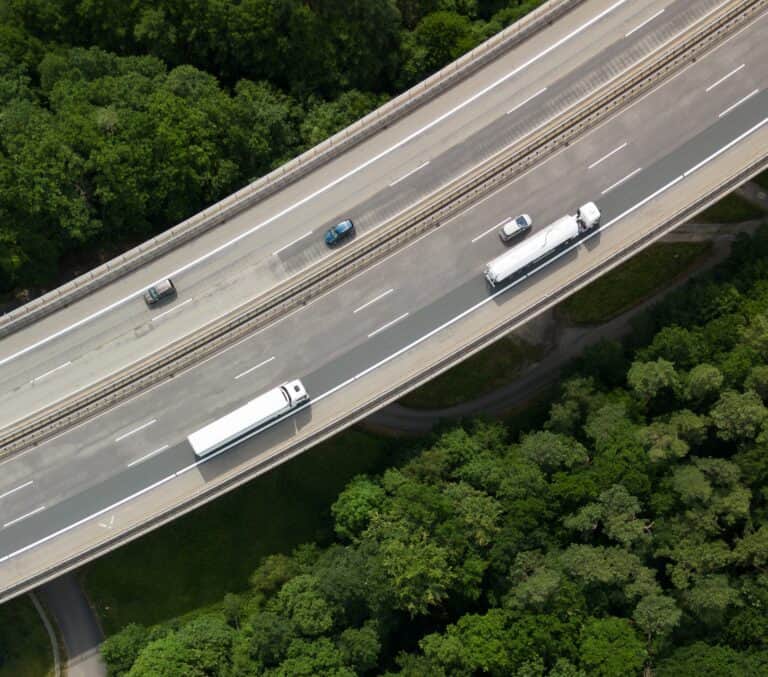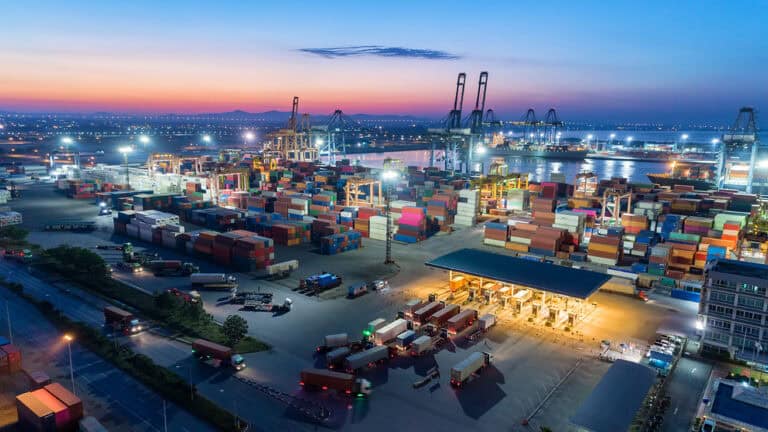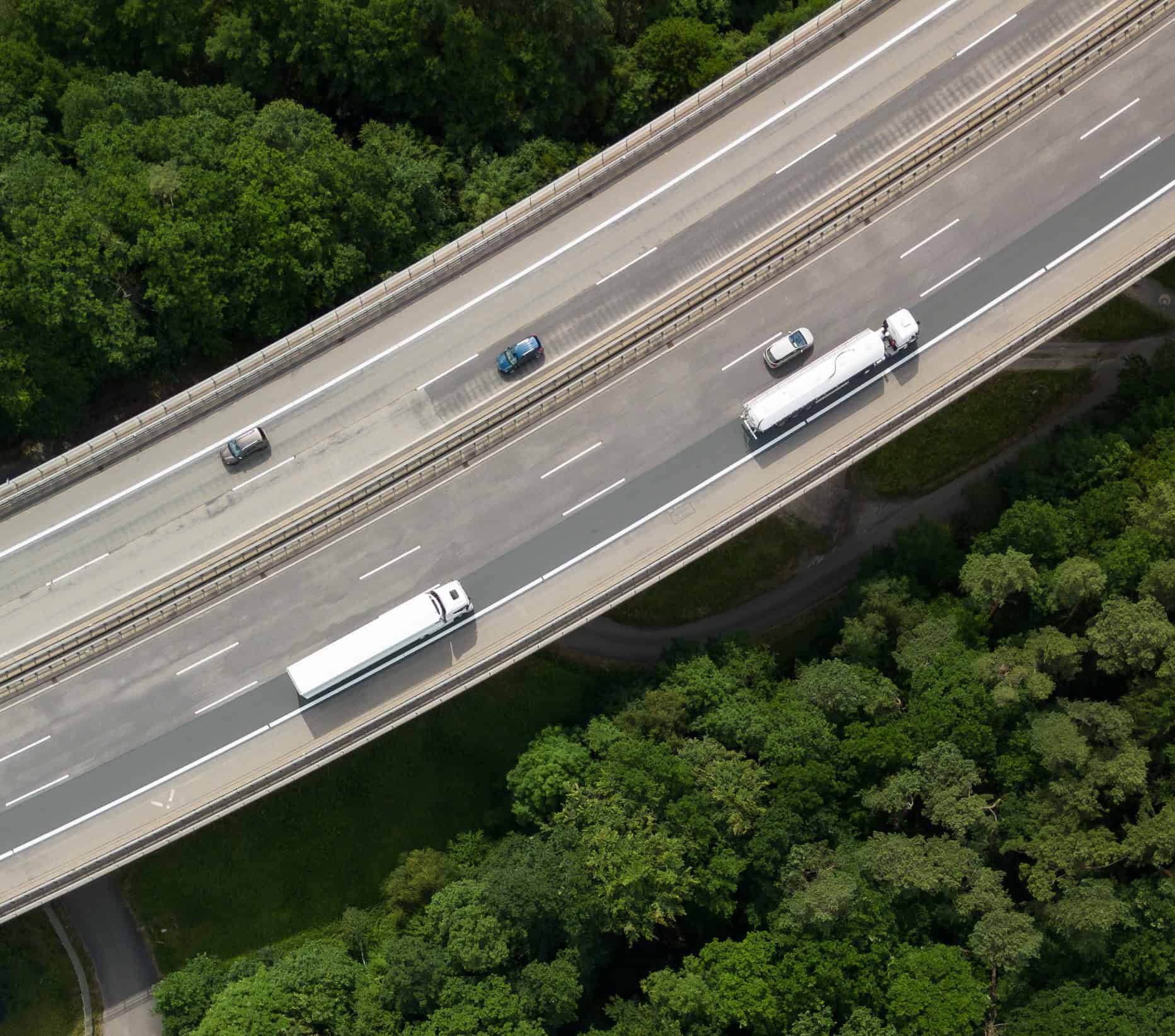
The global trade environment has undergone significant changes in the past two decades, driven by rapid technological innovations, global market expansion, and a continued increase in cross-border e-commerce. In recent years, customs modernization has become an essential priority for countries worldwide, especially with the geo-political shifts fueled by trade wars in Asia and protectionist actions to enforce non-tariff restrictions on imports and exports.
Member nations of the European Union (EU), the United Kingdom (post-Brexit), and the United States (US) customs agencies have been at the forefront of these modernization efforts recognizing the need to enhance trade facilitation, ensure compliance with trade rules, and protect national and economic security. The new landscape brings complexity as countries use cross-border transactions to enforce controls effectively. Customs administrations are adding innovative technologies to manage the growing intricacy of filings and declarations.
We will provide an overview of major customs modernization efforts in this blog at a very high level, with examples from the EU and the US focusing on three key areas: data-driven decision-making, supply chain transparency, and risk management. In future blogs, we will discuss regulations or country-specific changes such as the Import Control System 2 (ICS2) in the EU, the Customs Declaration Service (CDS) in the United Kingdom, and the Automated Tariff and Local Customs Clearance System (ATLAS) in Germany.
Data-driven decision making
One of the main objectives of customs modernization is to improve the timeliness and quality of the data received from import and export traders and other parties involved in cross-border transactions. Crucial and required data typically originates from the tiers and sub-tiers of the supplier base. Making its way to digital declarations, customs authorities can now make faster and more accurate decisions on the admissibility of goods and coordinate with other government stakeholder agencies.
The EU has implemented several initiatives to enhance data-driven decision-making over the past few years, such as the Union Customs Code (UCC), which entered into force in 2016 and aims to simplify and harmonize customs procedures across the member nations of the EU. The UCC also provides for developing a Single Window environment, allowing importers and exporters to submit all the information required by customs and other authorities through a single electronic portal or Single Window. The EU Single Window concept is expected to be fully operational by 2025.
The US has also launched a significant initiative to improve data-driven decision-making called the 21st Century Customs Framework (21CCF). The 21CCF is a strategic plan that seeks to transform the legal and operational framework for trade to enhance facilitation and intelligent enforcement and reduce complexity. One of the critical components of the 21CCF is to expand information submissions and improve data-sharing capabilities with partner government agencies (PGA) and other stakeholders. Note: US Customs and Border Protection is the enforcing agency for nearly 500 US trade laws and regulations on behalf of 47 PGAs—illustrating the importance of a Single Window concept.
Supply chain transparency
Another objective of customs modernization is to achieve end-to-end supply chain transparency, which means providing customs agencies with visibility into the origin, movement, and destination of goods across the global trade network. This helps customs authorities identify and deter violative behavior, such as evasion schemes, intellectual property infringement, or unsafe products. It also supports ethical production methods and fair competition for domestic industry.
The EU has taken several steps to increase supply chain transparency, such as implementing the Authorized Economic Operator (AEO) program, which grants preferential treatment to traders who meet high security and compliance standards. The EU has also established mutual recognition agreements with several third countries, such as China, Japan, and Canada, to extend the benefits of AEO status across borders. Moreover, the EU has adopted new rules on product safety and market surveillance to ensure that only safe and compliant products enter or circulate in the EU market.
The US has also pursued initiatives to enhance supply chain transparency, such as developing the Trusted Trader Program, which integrates with existing programs that provide benefits to compliant traders, such as C-TPAT (Customs-Trade Partnership Against Terrorism) and ISA (Importer Self-Assessment). The US has signed mutual recognition agreements with countries such as Mexico, Singapore, and Israel to recognize each other’s trusted trader programs. Furthermore, the US has enacted new legislation on forced labor and antidumping/countervailing duties to prevent the importation of goods produced by forced labor or that are unfairly subsidized or dumped.
Risk management
A third objective of customs modernization is to identify and allocate risk to appropriate parties in the supply chain, which means assessing the likelihood and impact of non-compliance or security threats posed by different actors or transactions. This allows customs authorities to focus their resources on high-risk areas and streamline procedures for low-risk ones.
The EU has implemented several measures to improve risk management, such as developing a Common Risk Management Framework (CRMF), which provides a set of standards and tools for conducting risk analysis at both national and EU levels. The CRMF also supports the exchange of risk information among customs authorities and other agencies through systems such as ICS2 (Import Control System 2).
The US has also adopted initiatives to enhance risk management, such as establishing a National Targeting Center (NTC). This centralized organization analyzes data from various sources to identify high-risk shipments or travelers. The NTC coordinates with other agencies and foreign counterparts to share intelligence and conduct joint operations. The US has also revised its entry processes and procedures, such as introducing the ACE (Automated Commercial Environment) system, a single platform for processing and managing trade data.
How do I stay ahead of customs modernization efforts?
Customs modernization provides significant opportunities and poses challenges for companies, who must comply with complex and dynamic regulatory requirements, manage multiple data sources and formats, and ensure timely and accurate information exchange with customs authorities and other stakeholders. These challenges can result in increased costs, delays, penalties, and risks. As customs modernization efforts evolve, organizations must adapt to the changing landscape to ensure smooth cross-border operations. Here are a few steps they can take to prepare themselves:
- Stay InformedKeep abreast of customs regulations, policy changes, and modernization initiatives in countries/regions of your trade. Regularly monitor updates from customs authorities, industry associations, and trade organizations.
- Invest in TechnologyEmbrace digital solutions and global trade management software that integrates with customs systems. This ensures seamless data exchange, automation of processes, and compliance with evolving requirements.
- Enhance Data ManagementEstablish robust data management practices to ensure accuracy, consistency, and timely submission of customs information. Emphasize data integrity throughout the supply chain, enabling efficient customs clearance and minimizing delays.
- Foster CollaborationEngage in dialogue with customs authorities, industry peers, and service providers to foster collaboration and stay informed about best practices and emerging trends. Participate in programs such as Authorized Economic Operator (AEO) to benefit from trade facilitation advantages.
Helping you be compliant
E2open delivers everything companies need to efficiently manage global trade on a single platform. The e2open Global Trade application suite is a cloud-based solution that helps companies adapt to the changing trade environment and leverage the opportunities offered by customs modernization efforts. It enables them to be automatically compliant with customs-related changes by adopting incremental product releases every quarter.
The e2open Customs Filing application automates customs declarations and filings in accordance with the latest regulations and agency requirements in more than 25 countries around the world with greater efficiency and peace of mind from compliance risk. The capabilities in this application are continually maintained to comply with each country’s modernization actions and keep your goods flowing without customs delays.
Part of the e2open connected supply chain platform, our global trade functionality is used to efficiently plan, execute and administer international trade compliance activities, backed by the world’s most comprehensive database of regulations and business rules, covering 98% of world trade. The software automatically applies these regulatory rules to all cross-border transactions, mitigating non-compliance risks such as border clearance delays, fines, loss of trade privileges, and criminal liability. Organizations also gain the ability to minimize duty costs and speed up imports and exports by accessing the connections in e2open’s robust network of global trade partners.
Sign up for our weekly Global Trade Newsletter to receive the latest regulatory updates, trade-related news, and information in your email box.
Are you interested in learning more? Contact us for a demo or to speak with one of our global trade experts.
References:
taxation-customs.ec.europa.eu/customs-4/union-customs-code_en
www.cbp.gov/document/guidance/trusted-trader
www.cbp.gov/trade/forced-labor
taxation-customs.ec.europa.eu/customs-4/customs-security/import-control-system-2-ics2-0_en







